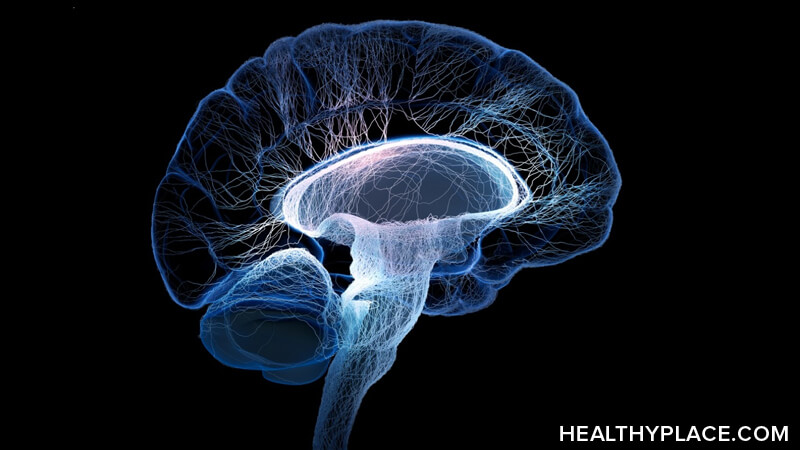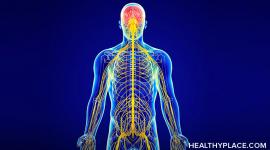How Do Opioids Work? Mechanism of Action

Opioids are produced naturally in the body, they occur in nature, and they can be man-made. Regardless of where they come from, all opioids work in very specific ways in the brain and throughout the body. How they do what they do is referred to as the opioids mechanism of action.
Opioids Mechanism of Action Creates Pleasure, Pain Relief
Opioids have powerful effects on people (What is Opioid Addiction and Why are Opioids so Addictive?). In general, upon taking opioids (either legally or illegally), people experience a rush of pleasure followed by a period of relaxation and freedom from pain. Breathing slows. Opioids cause other effects, too, such as nausea, vomiting, constipation, and decreased sex drive. Opioids are highly addictive. The opioids mechanism of action that creates these effects is one that happens in prominent locations within the body.
Opioids Work in Many Places to Alleviate Pain
All types of opioids are used to relieve pain. They also affect mood and appetite, control heart rate and breathing, and play a part in the functioning of other body symptoms such as the endocrine, immune, and reproductive systems. To create such sweeping effects, opioids act in the
- Central nervous system (brain and spinal cord)
- Peripheral nervous system (nerves outside of the brain and spinal cord)
- Digestive tract
- Peripheral tissues (such as the joints)
Opioids have different mechanisms of action depending on where they are in the body. For example, in the brain, opioids change someone’s interpretation and experience of pain so that he might feel pain but in a way that doesn’t bother him (Opioids for Depression and Anxiety: Are They Effective?). In the spinal cord, opioids block the transmission of pain messages between neurons and prevent them from reaching the brain. Here, the result is analgesia or a reduced/eliminated sense of pain. In the brain stem, opioids act directly on the respiratory center to slow breathing. In the digestive tract, opioids can cause constipation, nausea, and vomiting.
This is where opioids work. Now, how do opioids work in the brain? How do opioids work in the body?
Opioids Mechanism of Action in the Brain and in the Body
Opioids work by binding to opioid receptors found in both body and brain, including the locations mentioned above. The receptors act like a magnetic lock and key system in which any of the opioids are attracted to them. Once the opioids attach, they unlock, or activate, the receptors.
Opioids stimulate all opioid systems at once, through the entire brain and body. This starts a cascade of chemical events that result in decreased pain, increased pleasure, and the other opioids side-effects.
People have four types of opioids receptors, each controlling different functions:
- Delta
- Kappa
- Mu
- Nociceptin
Each receptor attracts a different type of opioid, yet the effect is the same: a system-wide reaction occurs. When opioids attach to receptors, they activate the neurotransmitters that are the body’s natural opioids:
- Endorphins
- Endomorphins
- Dynorphins
- Enkephalins
The activation of these neurotransmitters is what affects mood, movement, digestion, pain sensations, sexual desire, breathing, and the brain’s reward system. This is what causes the pain relief, euphoria, and relaxation that opioids are known for.
This opioids mechanism of action happens naturally when the brain releases endorphins or the other opioid neurotransmitters. Our natural opioids aren’t as strong as those originating outside of the body, so when someone takes prescription painkillers or an illegal drug like heroin, the opiate receptors go into overdrive, and the effects are much more intense. It doesn’t take long at all for the body to stop producing its own opiates and begin relying on outside sources (Opioids vs. Opiates: What’s the Difference?).
Opioids take over the body’s opioid receptor system in a way that leaves the brain and body needing more. Because of opioid’s mechanism of action, the risk of opioids addiction is high.
APA Reference
Peterson, T.
(2021, December 16). How Do Opioids Work? Mechanism of Action, HealthyPlace. Retrieved
on 2026, January 20 from https://www.healthyplace.com/addictions/opioid-addiction/how-do-opioids-work-mechanism-of-action



